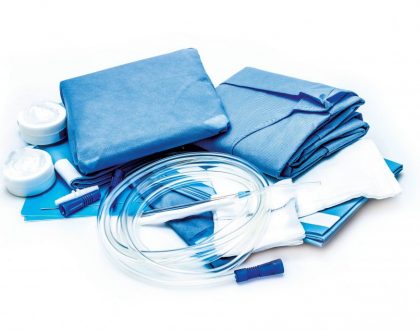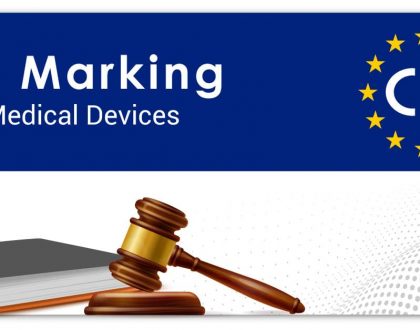What Does Recall Really Mean? The GHTF Aim to Provide Clarity

by admin
The recent PIP breast implant saga is a reminder of just how important it is for us, the medical device industry, to have a universal system for identifying, classifying and resolving product recall situations. Despite its importance, the term recall is currently not harmonised. The term has different meanings depending on region which can result in confusion for regulatory authorities and users worldwide. The Global Harmonisation Task Force (GHTF) has released a draft guidance document which may just pave the way for harmonised terminology, clarifying things for all medical device manufacturers.
The guidance document defines Field Corrective Actions (FCAs) which include Field Safety Corrective Actions and Non Safety related Field Corrective Actions. The actions are classified based on the type and extent of the corrective action and importantly, the level of risk posed to patients, users or others affected by the device’s use. The classification system provides a mechanism for manufacturers to develop comprehensive strategies including planning for communication, action and follow up and for regulatory authorities to monitor progress of the FCA.
The guidance document provides practical examples of each type of FSCA (of which there are 5) and Non Safety related Field Corrective Actions (of which there are 3). These are given below.
Safety Related Field Corrective Actions (e.g. FSCA):
- Device Removal (Device Recall)
- Device Modification
- Implant Alert
- Device Precaution
- User Warning
Non Safety related Field Corrective Actions:
- Device Withdrawal
- Device Enhancement
- Stock Recovery
The classification system requires manufacturers to propose an expected level of risk to patients, users and others if use of the device was to continue. Classification of FCAs is divided into 3 levels, these are given below:
- FCA Class I: Taken by a manufacturer when death or serious deterioration in the state of health of a patient, user or other person has occurred, or there is a reasonable probability that exposure to or use of the device can lead to death or a serious deterioration of health.
- FCA Class 2: Taken by a manufacturer when there is a reasonable probability that the exposure of use of the medical device has or can lead to temporary illness, injury, mistreatment or deterioration of the state of health of a patient, user or another person
- FCA Class 3: Taken by a manufacturer when there is a reasonable probability that the exposure or use of the device will not lead to temporary illness, injury, mistreatment or deterioration in the state of health of a patient, user or other person.
Whilst still in draft form, the document does provide useful guidance and is a must read for all medical device manufacturers. Find it here.
KD&A can assist your organisation to develop suitable post market procedures to ensure you are prepared and can comply with the regulatory requirements in the markets into which you sell your devices. Visit the Post Market Surveillance System page or contact KD&A.
Recommended Posts

January 2024 Updated Guidance – System or Procedure Packs
February 28, 2024

Guidance on the vigilance system for CE-marked devices and the Device Specific Vigilance Guidance (DSVG) Template
February 19, 2024

TGA Fees and Charges Proposal 2024-25
February 1, 2024
